In this post, we talk about our recently published paper “UV-irradiation and leaching in water reduce the toxicity of imidacloprid-contaminated leaves for the aquatic leaf-shredding amphipod Gammarus fossarum“.
About sun, water and toxic leaves…
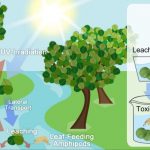


In this post, we talk about our recently published paper “UV-irradiation and leaching in water reduce the toxicity of imidacloprid-contaminated leaves for the aquatic leaf-shredding amphipod Gammarus fossarum“.
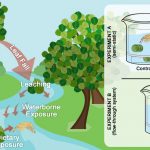
In this post, we talk about our recently published paper “Relative importance of dietary uptake and waterborne exposure for a leaf-shredding amphipod exposed to thiacloprid-contaminated leaves”.
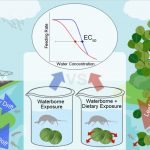
In this post, Dominic Englert talks about their recently published paper “Does waterborne exposure explain effects caused by neonicotinoid-contaminated plant material in aquatic systems?“
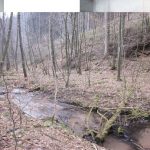
The working group Quantitative Landscape Ecology offers a master thesis dealing with the effects of imidacloprid on leaf litter breakdown and associated organisms. Continue reading
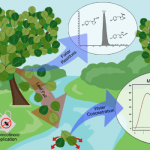
In this post, we talk about our recently published paper: “Modeling Remobilization of Neonicotinoid Residues from Tree Foliage in Streams – A Relevant Exposure Pathway in Risk Assessment?“
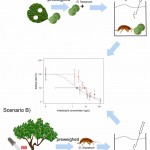
In this post, PhD student Dominic Englert shares his poster „Effects of systemic neonicotinoid insecticides: the importance of exposure pathways“ that he presented during the 15th EuCheMS International Conference on Chemistry and the Environment in Leipzig, Germany. Continue reading